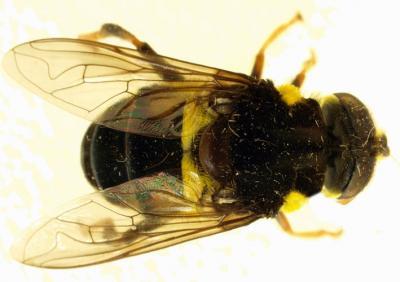Scientists have described 24 new species of dipterans belonging to Quichuana genus after studying the forests of Central and Southern America for ten years. The Quichuana genus is also known as 'flower flies'.
Only 24 species were previously known and this genus belongs to the Syrphidae family, which is a group with similar characteristics to that of bees and wasps but with a different taxonomic order.
María Ángeles Marcos-García, researcher at the Ibero-American Biodiversity Centre (CIBIO) of the University of Alicante and one of the authors of the study, told Servicio de Información y Noticias Científicas (SINC) the species of the Quichuana genus are "not well known as they live in tropical forest areas where insect studies are scarce."
Numerous studies in these forests have been carried out in the last ten years that aim to "understand and provide useful data for supporting conservation measures in those areas that are home to such high levels of biodiversity," explained the biologist.

This is an adult specimen of Quichuana. Credit: CIBIO-University of Alicante
"Some specimens were captured as adults while in flight whereas others were taken as larva and were then raised in our laboratories as adults" and that made it possible to find out how larvae "live in small cumuli of water retained in different parts of the plant" and how "a relationship has been established between the insect species and their plant development environment."
They say the discovery of this insect-plant relationship is "especially important for establishing conservation methods, both for these species and others that share the same development environment."
"Hoverflies are present in practically all terrestrial ecosystems and they carry out very important biological functions, such as pollination, nutrient recycling and biological control of plagues as their larvae feed on other insects that are damaging to crops and ornamental plants, such as plant louses."
Published in Zoological Journal of the Linnean Society




Comments